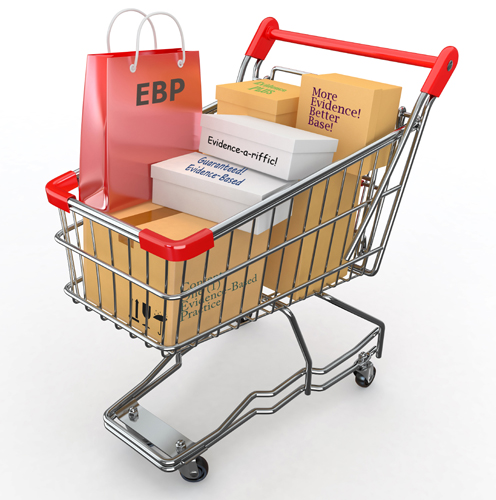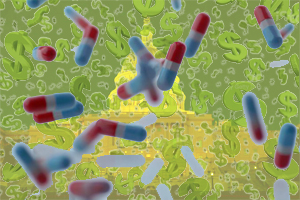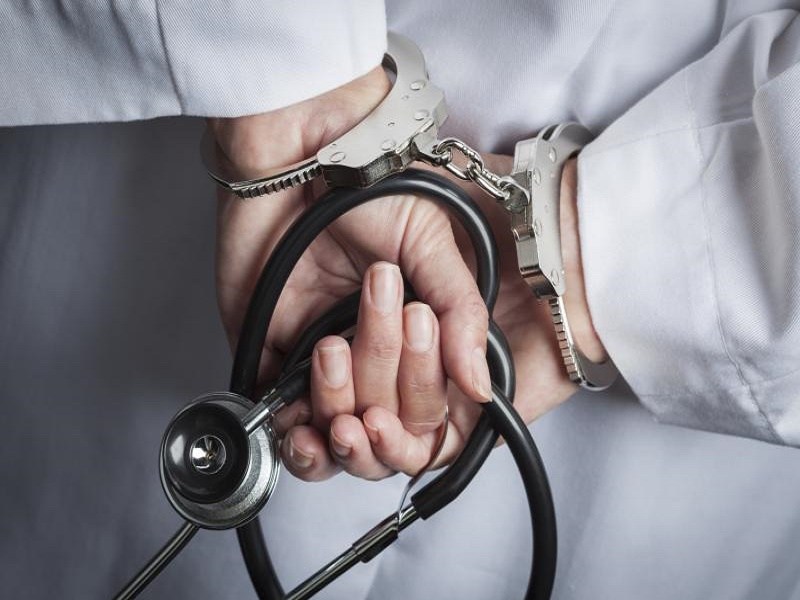If you Follow us on Twitter (@RecoveryInst) or “Like” us on Facebook, you’ll see us use the phrase often. We promote the idea that communities need to be “recovery-friendly.” Today someone asked us “But what is a “recovery-friendly community?”
Well you know, we had to stop and think. We didn’t want to give the Justice Potter Stewart cop-out “I know it when I see it.”
Actively Fighting Stigma
One of the simplest (but by no means “easy”) aspects of building a recovery-friendly community is reducing the destructive effects of stigma. Stigma prevents people from seeking help in the first place. And it often surrounds the disease with a well-meant conspiracy of silence from family members and others who could otherwise be helpful in convincing the alcoholic to seek treatment, and supportive of their recovery.
Stigma and misconceptions about the nature of the disease and the process of recovery can impact a recovering person’s ability to find employment, find a place to live, and continue attending outpatient treatment, step fellowship groups, and other sobriety aids.
Stigma is perpetuated by lack of good information about the nature of addiction and the process of recovery. So a “recovery-friendly” community is one where good information is widely available. Recovery-friendly communities encourage education, provide support for open communications, and reject assumptions that perpetuate stigma.
Supporting Treatment and Recovery Resources
Communities that support recovery resources reap a definite reward: If people are aware of the resources and have easy access, those resources are more likely to be used. It’s not the presence of a sober living house in a neighborhood that’s likely to “attract crime” or “cause problems.” It’s the presence of the untreated, not-recovering addicts and alcoholics who are still in the grip of their disease.
Sober living homes, sobriety clubs, and treatment programs can help by being positive and welcoming with their communities, too. If community leaders know who to contact when they perceive a problem, and believe there will be a meaningful response, positive relationships can result.
Communities that support creative, community-based, recovery-focused projects will see returns on the investment. Supporting local businesses to participate in job projects, churches and nonprofits to involve recovering volunteers, and the legal and health care resources to work with treatment and recovery programs builds a positive environment for recovering people and their families. It’s cost-effective and even cost-reducing.
A recovery-friendly community is one where:
- It’s easy to tell your doctor or someone important to you that you’re in recovery, and you get a supportive response when you mention it.
- There are plenty of social alternatives for people in recovery. That might include places where alcohol just isn’t available as well as places where there are alternative refreshments.
- Families concerned about a loved one’s drug or alcohol use know where to turn for help and don’t worry about “what people will think” when they reach out.
- There’s plenty of step fellowship and other support group options for recovering people and families, including open meetings and “introduction” meetings.
- Local government, the legal system and the health care system regard treatment as the first and best response to drug- and alcohol-related community problems.
We’re sure you can think of some more things that make a community recovery-friendly. Why not post them on our Facebook page, and join the conversation?













